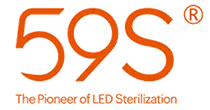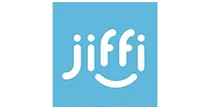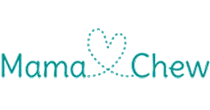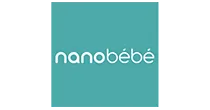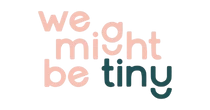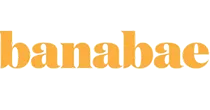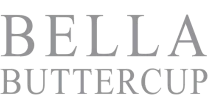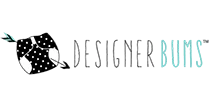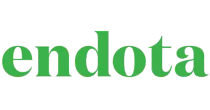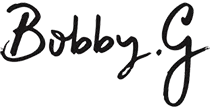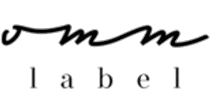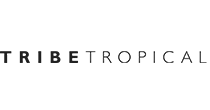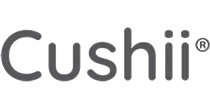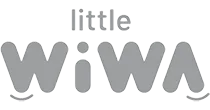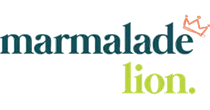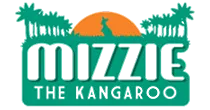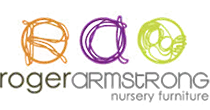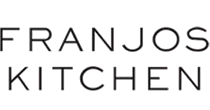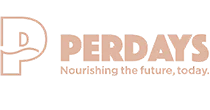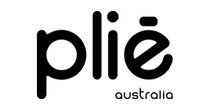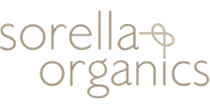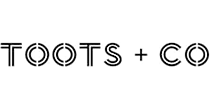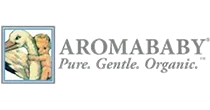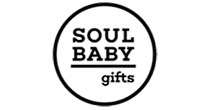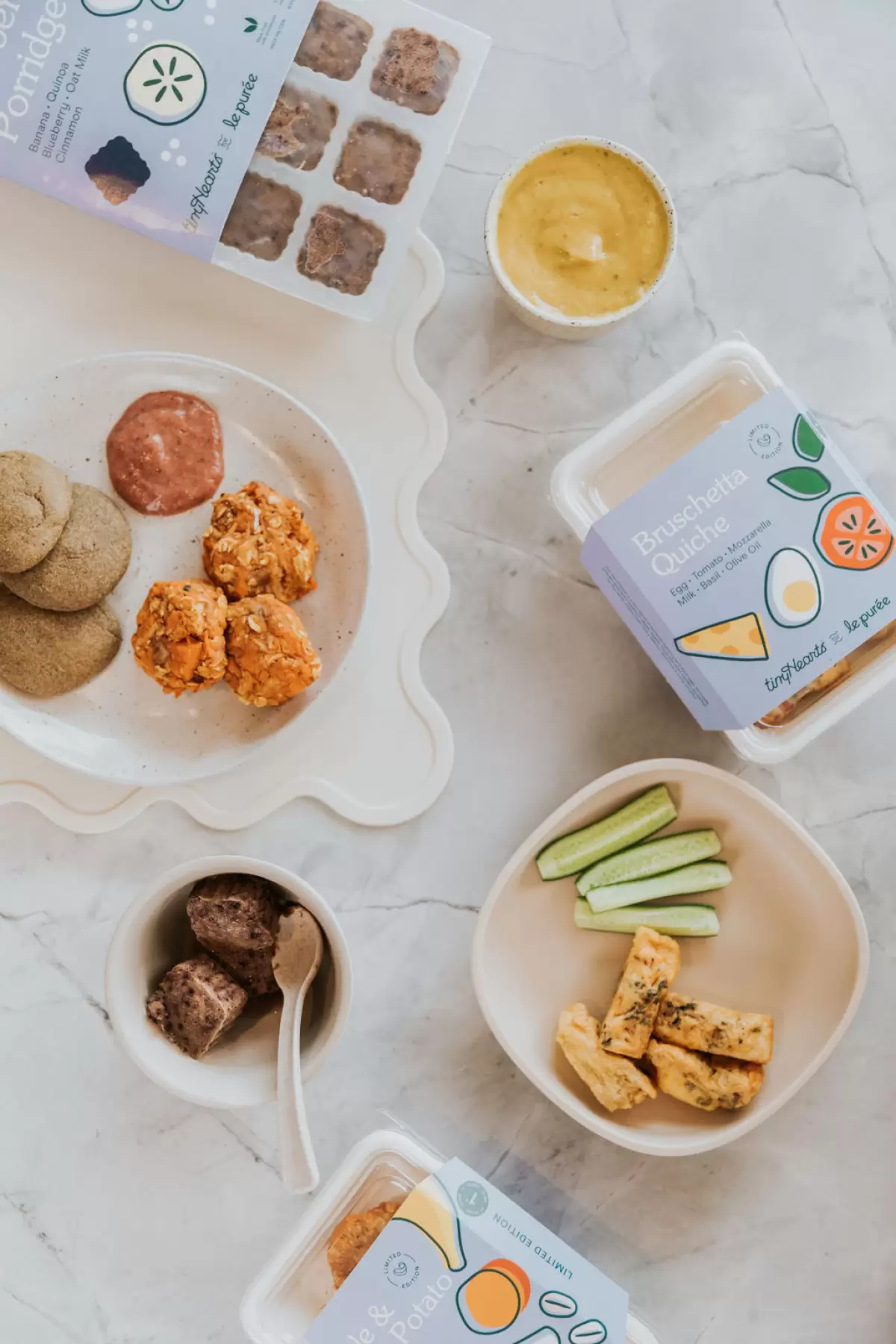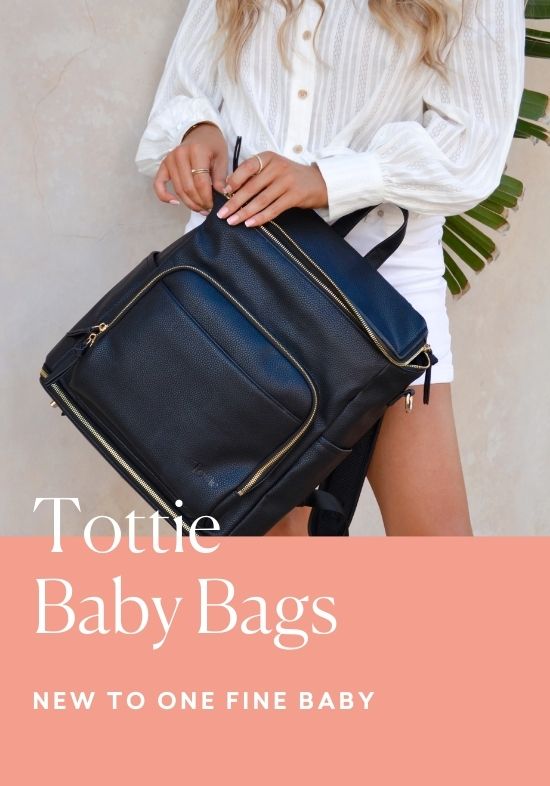Starting Solids? Ex-paramedic Shares Three Vital Rules to Prevent Choking
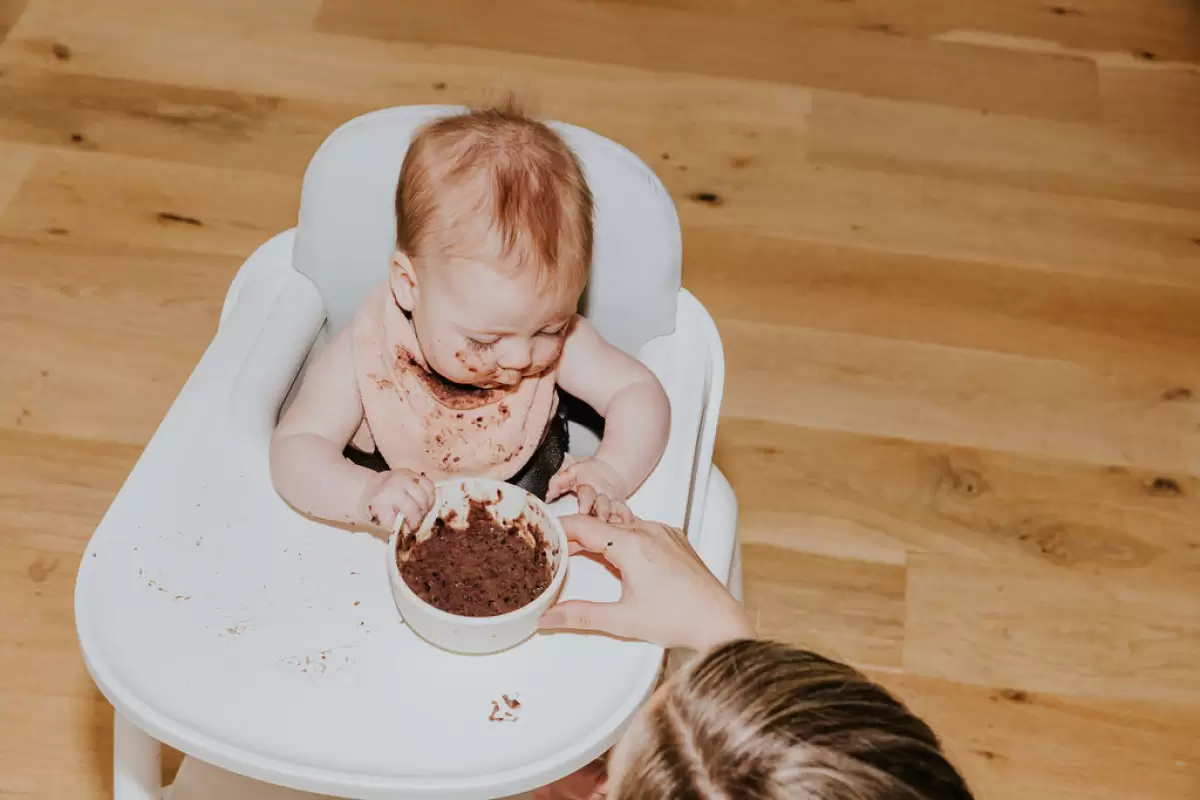
By Nikki Jurcutz, Co-Founder of Tiny Hearts
I’m Nikki, a former Advanced Life Support Paramedic and co-founder of Tiny Hearts. My journey with Tiny Hearts began with a deep desire to empower parents with the knowledge and skills necessary to handle emergencies involving their little ones. These are my three golden rules for preventing choking incidents when introducing solids:
Rule One: Safe Eating Environment, Always
Creating a safe eating environment is the best prevention tool against choking. It will create a positive space for your little one to enjoy food and reduce any anxiety you might have when introducing solids.
There are four things you need to do to create a safe eating environment for your little one:
- Sitting upright: The safest place for your child to eat is strapped into their highchair. Correct positioning is crucial for swallowing safety. When a baby is even slightly reclined, their weight is shifted backwards, and gravity pulls in that direction, increasing the risk of choking. Never feed baby in a rocker, bouncer, pram or any reclined position and do not allow them to move or walk around while eating.
- Secured: Your child should always be secured and properly strapped into their highchair. Falls from unsecured children in highchairs are common and can cause serious injury. When choosing a highchair, opt for a 5-point harness for optimal safety. Keep in mind where you position the highchair to ensure it's not within baby’s reach of anything dangerous. If baby chokes, it's very quick to undo the straps and begin choking treatment. The chance of a fall from an unsecured child is a bigger risk; therefore, always have them secured.
- Distraction-free zone: We want baby to feel calm and focused on the task of eating and swallowing safely. The best way to do this is to ensure you create a distraction-free zone. Turn off the TV, put pets outside and eliminate any other distractions. If baby becomes startled, this could cause them to inhale the food and choke or breathe it into their lungs.
- Supervise: Never leave your child alone when eating. Choking is silent; always keep your eyes on them and be within arms reach, ready to act if needed.
Rule Two: Safe Foods Only
Certain characteristics make a food at a higher risk of causing choking. These are foods that are:
- Hard
- Round
- Small
- Slippery
- Challenging to chew
- Size of an airway
The more small, round, hard, slippery a food or challenging a food is, the greater risk it poses of choking. They are more likely to enter and get lodged in the airway.
Being aware of the characteristics that make food a choking hazard will then allow you to modify the food and make it safer for baby. The aim is to address the specific characteristics of the food that make it a higher choking risk. For example, a blueberry is small, round and firm - modify it by cutting into quarters or squishing to negate the dangerous characteristics.
The following are the foods that cause the most choking incidents; we call these high-risk foods:
- Hot Dogs and Sausages
- Candy, especially hard candy
- Peanuts or nuts of any kind
- Dried fruits and seeds
- Grapes, blueberries, cherries, cherry tomatoes
- Raw fruit and vegetables like carrots, apple
- Fish with bones
- Meat in chunks
- Any fruit with a membrane (like orange or mandarin)
- Popcorn
- Chunks of peanut butter or bread with nut butter on it
- Marshmallows
- Chewing Gum
- Biscuits, crackers and corn chips
- Canned fruit
- Cheese - string cheese, sticks or cubes
We like to use this saying:’ Chop it, Swap it or Stop it’ to summarise your options when you identify the food is a choking hazard and needs altering.
You might chop it: for example, you would modify grapes by cutting vertically into quarters, you might grind up nuts and add to a puree or piece of banana, grate an apple or cook a carrot to modify and make it safe.
Swap it: You might substitute whole nuts for a safer option, like nut butter that is thinned down.
Stop it: Things like popcorn should be avoided as they are a common choking hazard. Sometimes, there is no safe way to chop or swap, so you stop until your little one has a full set of teeth a mature chew and you are confident in their eating abilities.
Remember that modifying these foods does not remove all risk; it just reduces it.
Rule Three: No One Feeds My Child Who Isn't First Aid Trained
My final rule is that I only allow people to look after my little ones or feed them if they are first aid trained and refresh their skills regularly. I know how quickly something can unfold. I have been to jobs where people didn't know what to do, and I’ve witnessed the devastating effects of that, which is why I have this rule in place.
We have partnered with Le Puree to produce the Starting Solids Bundle, offering parents and caregivers a safe, nutrient-rich, and educated approach to introducing solids to their infants. The bundle includes paediatric-dietitian-approved meals and access to Tiny Hearts' evidence-based education on starting solids. For more information, visit Lepuree.com.au

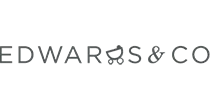

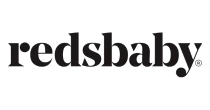
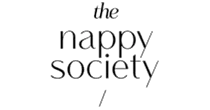


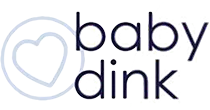
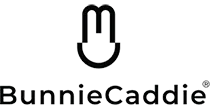

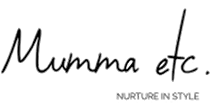
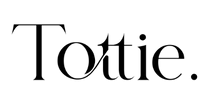
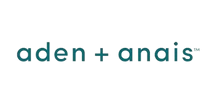

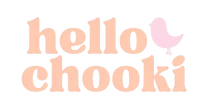
.png.webp)

.png.webp)
